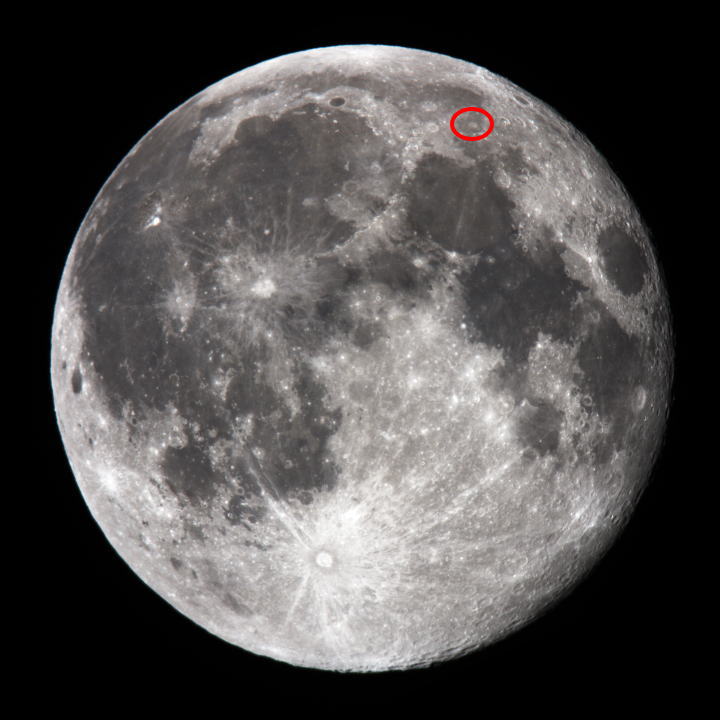Images from Wikipedia. commons.wikimedia.org/wiki/File:Loca…





Welcome to the geology part of the story. The answer to that question stretches back 4.5 billion years.
Colliding 2 things that big is a huge amount of kinetic energy, all converted to thermal energy (heat).

This would create a lower mantle of the moon that is a giant, few hundred km pile of olivine crystals.

Plagioclase has calcium, aluminum, silicon, and oxygen in it. These are all less dense than iron.



Olivine takes iron, magnesium, and silicon into it. Plagioclase takes Calcium, aluminum, silicon, and sodium. What is abundant and left over?
Titanium. Ti is a big part of the story of the moon
One is rich in Titanium.
The other is rich in "Everything else". Everything that is left over includes elements like potassium and the "Rare Earth Elements" at the bottom of the periodic table.
Rocks with elevated levels of these 3 elements are called "KREEP" rocks.
KREEP forms as a natural part of crystallization of a magma ocean. It is the very last bit of molten rock, left over after everything else solidifies.
Our moon has this.
A plagioclase rich crust
A KREEP layer
A Titanium Rich Layer
A mantle of olivine and pyroxenes
2 of these are important later, the Ti layer and the KREEP layer.
The Ti rich layer acts first.
Other parts of the mantle must upwell to take the place of the Ti-rich layer.

Planets work differently. Most planets, if you wanna melt something, what do you do? You drop the pressure. Any time anything moves up, it might melt.
Stuff that flows up? It might melt. Anything that melts early out of the Mg-rich lunar mantle could be the Mg-suite.
Talk to @OMGsuite he asked for it.
Then, 2 other things happen.
Then, the Moon's mantle overturns, and radioactive decay happens. This will lead to much later melting of the other layers in the mantle.
Start with a lunar crust. What is going to make something come up through the crust? A gigantic crater. Blast away the crust, something has to fill the space.
When a big asteroid blasted a hole in the crust, it created a void. The moon's mantle flowed upwards to fill these voids.

These giant holes are great places for new molten rocks to erupt.
New molten rocks - those are the ways you make the dark spots on the Moon.
These seas are the targets of the next landing missions on the moon.
We have Ti-rich basalts. The Ti-rich layer that sank to near the Moon's core heated up, started melting, and created magma.
The KREEP rich layer heated up from radioactive decay, that heat also generated magma.
Let's start with Mare Imbrium. It's a fascinating place. The Chinese Change'e 3 probe landed on this area and measured the rock compositions in situ.






If you're concerned about the radiation environment for living on the moon, these lava tubes are a natural safe spot




That's the end for tonight. I'm gonna go watch a movie. Live long and prosper.





